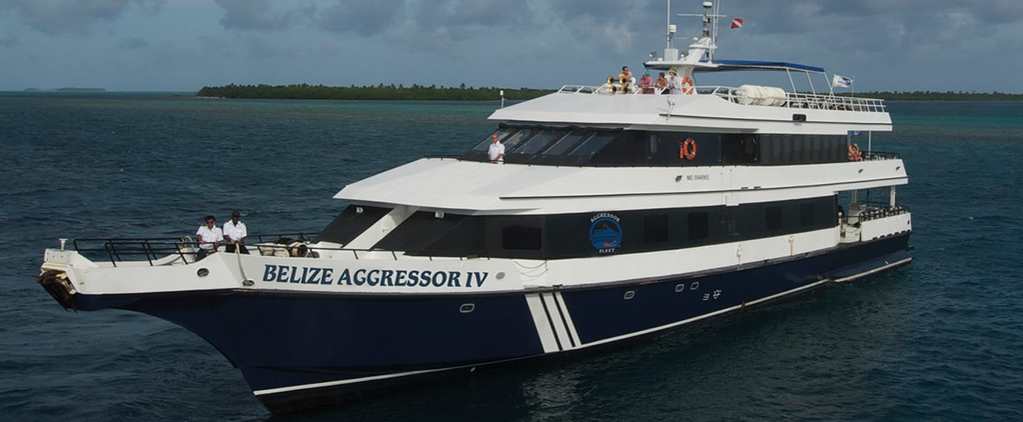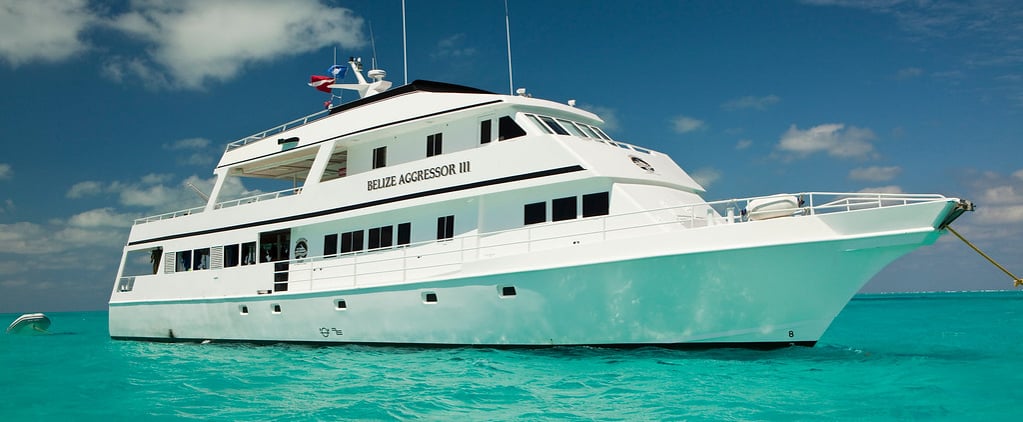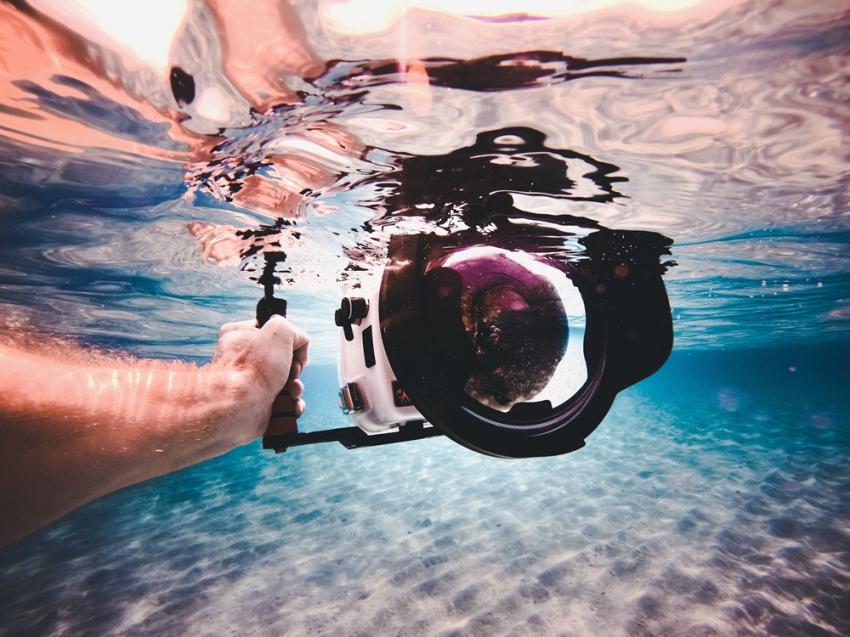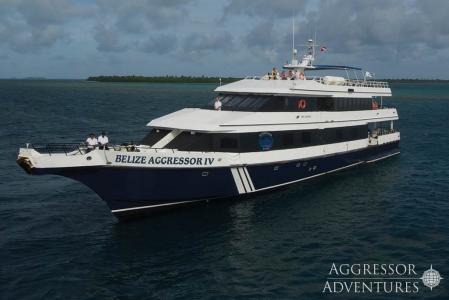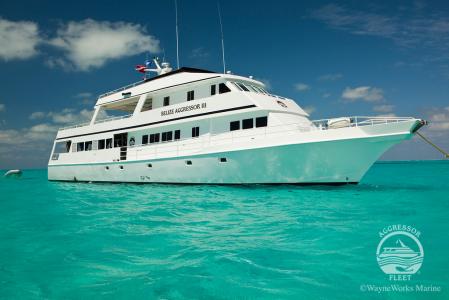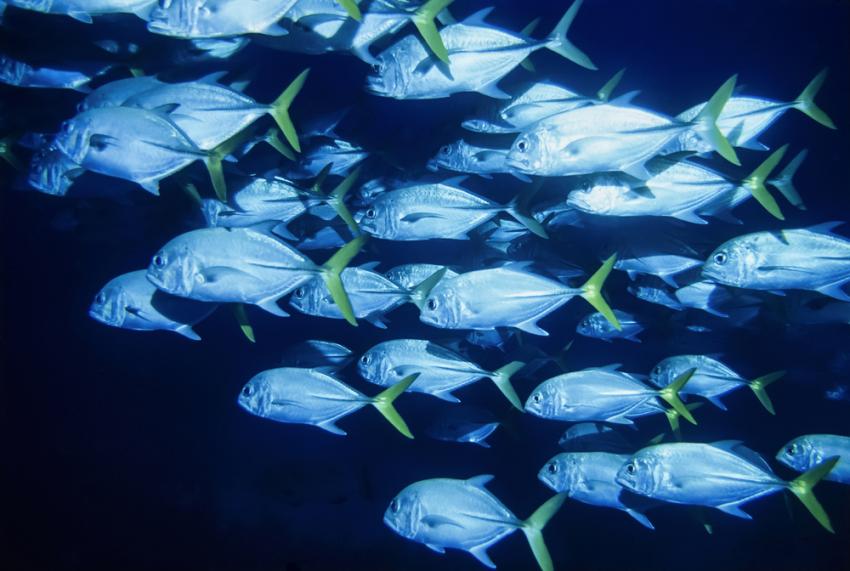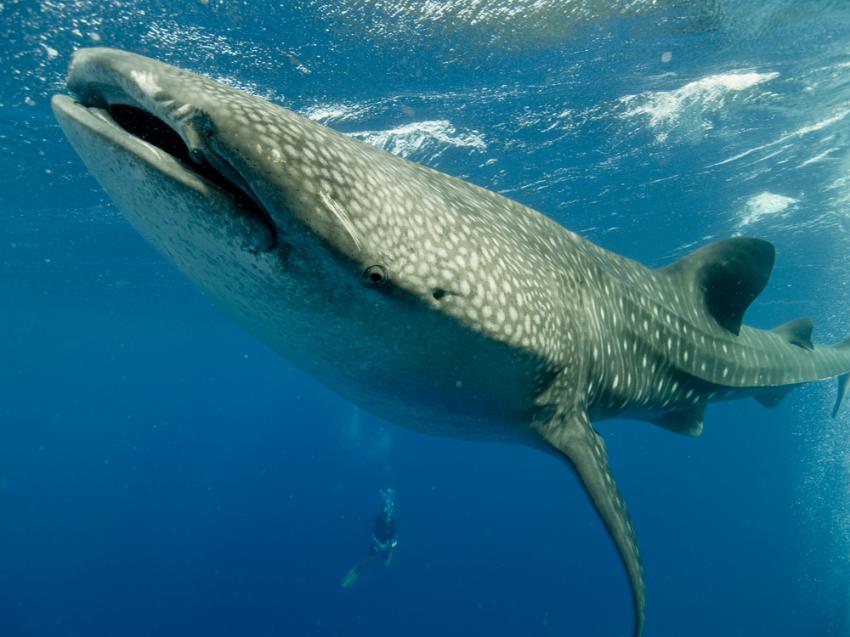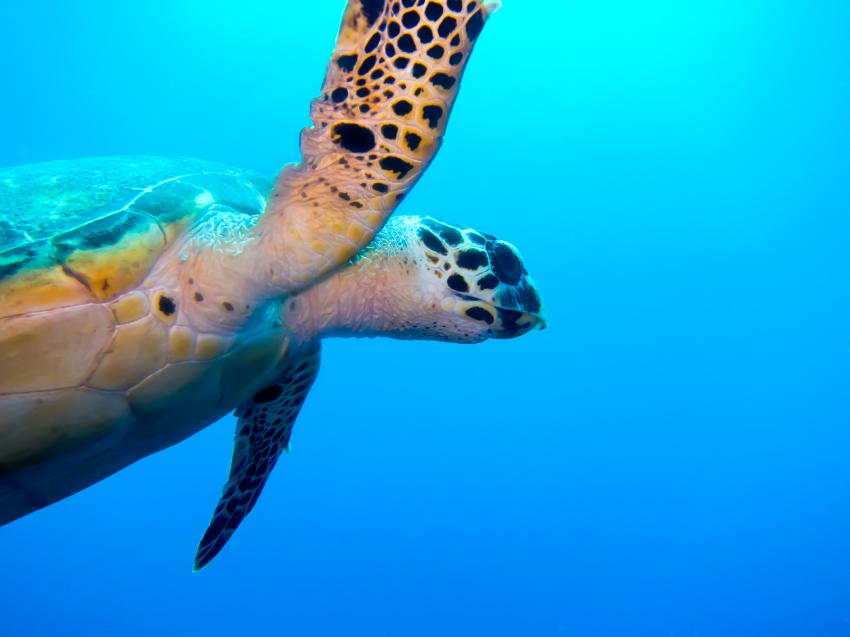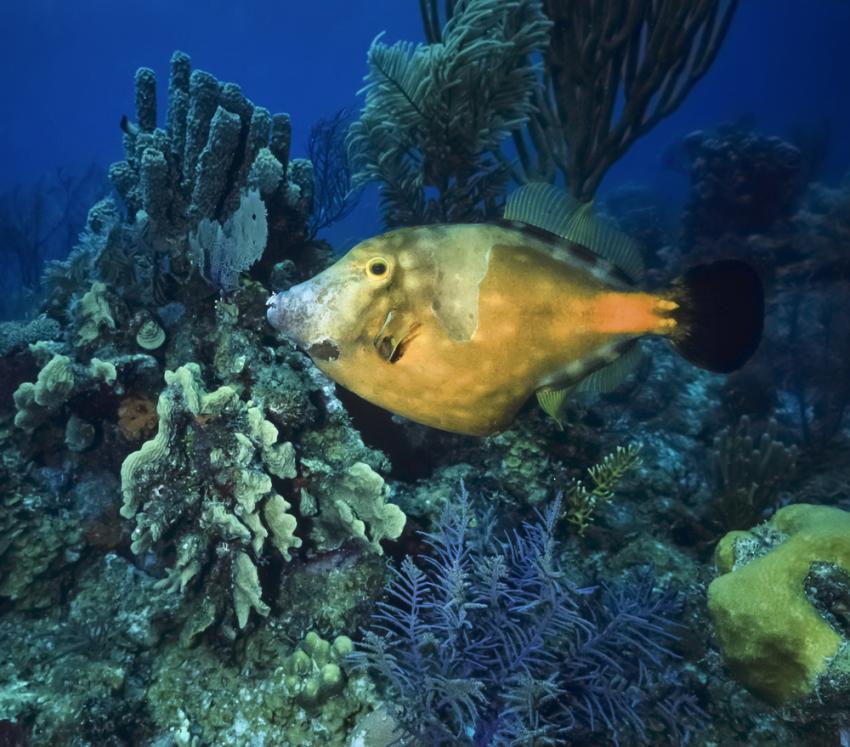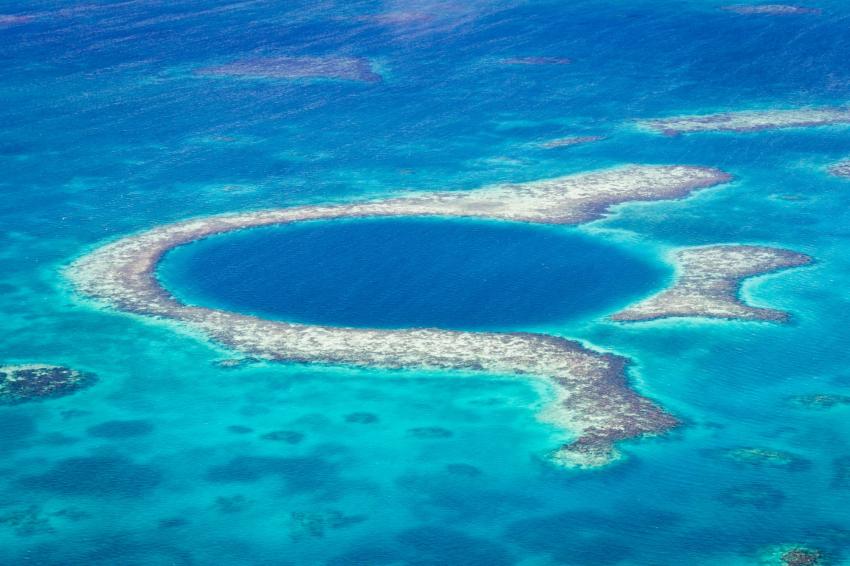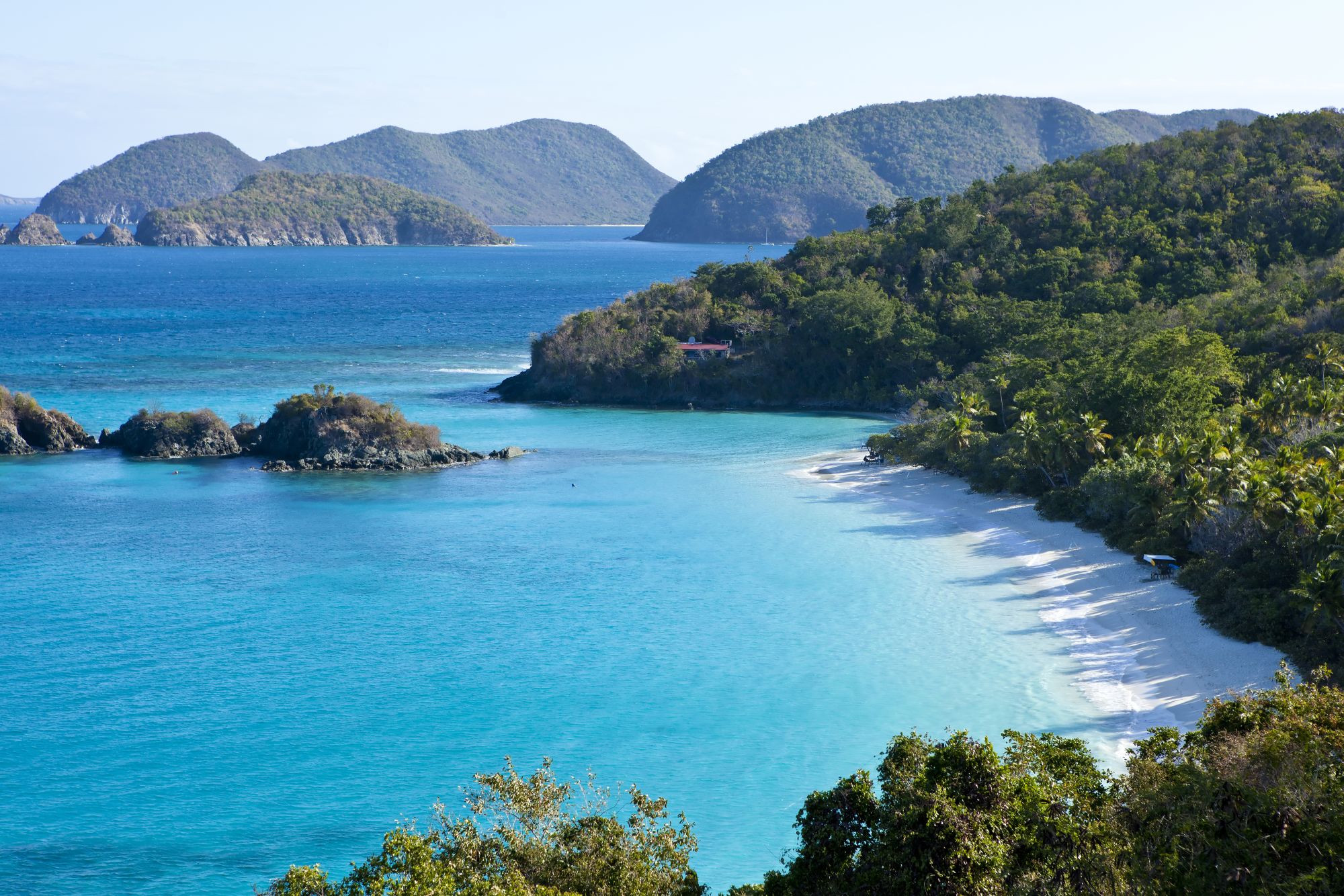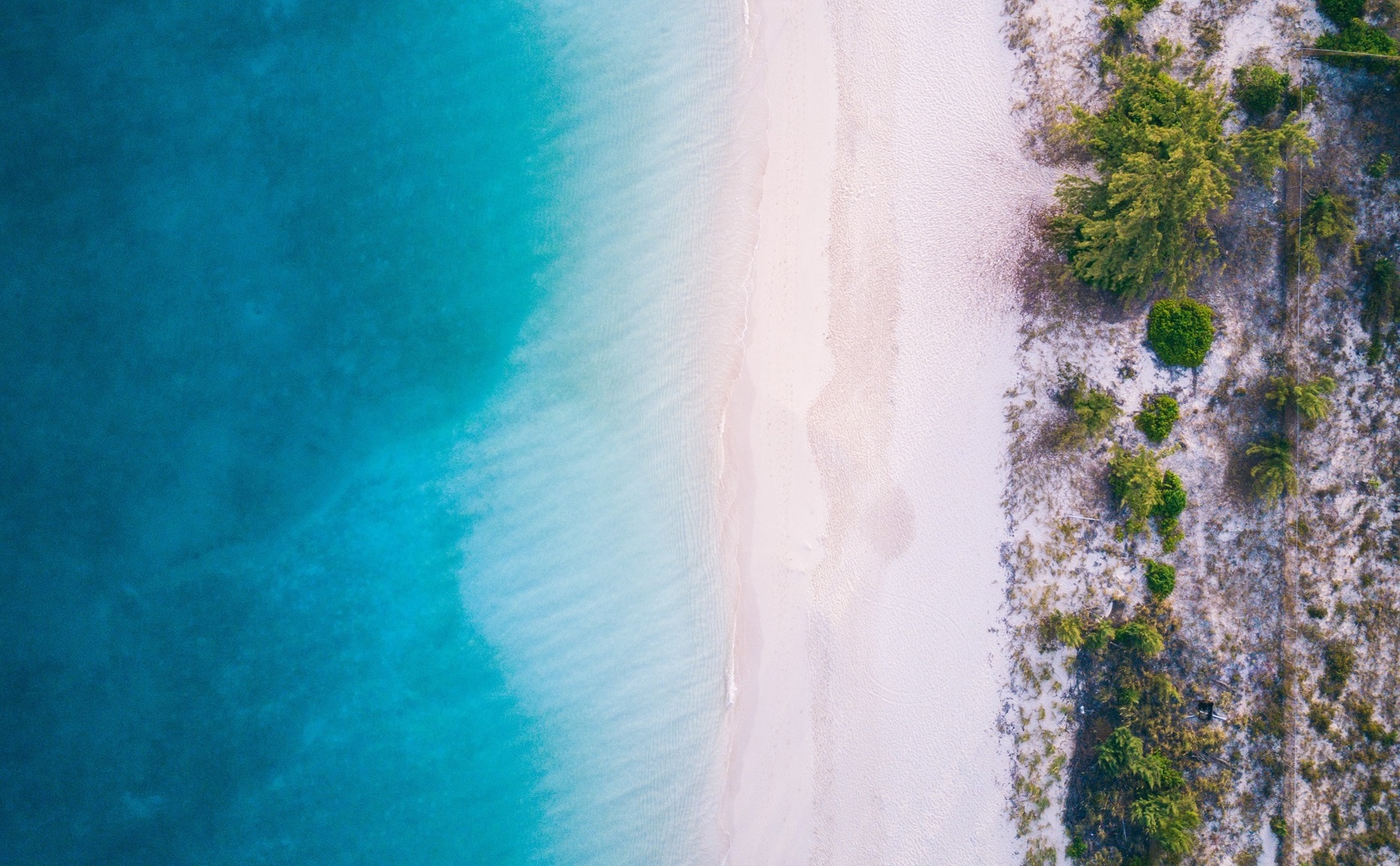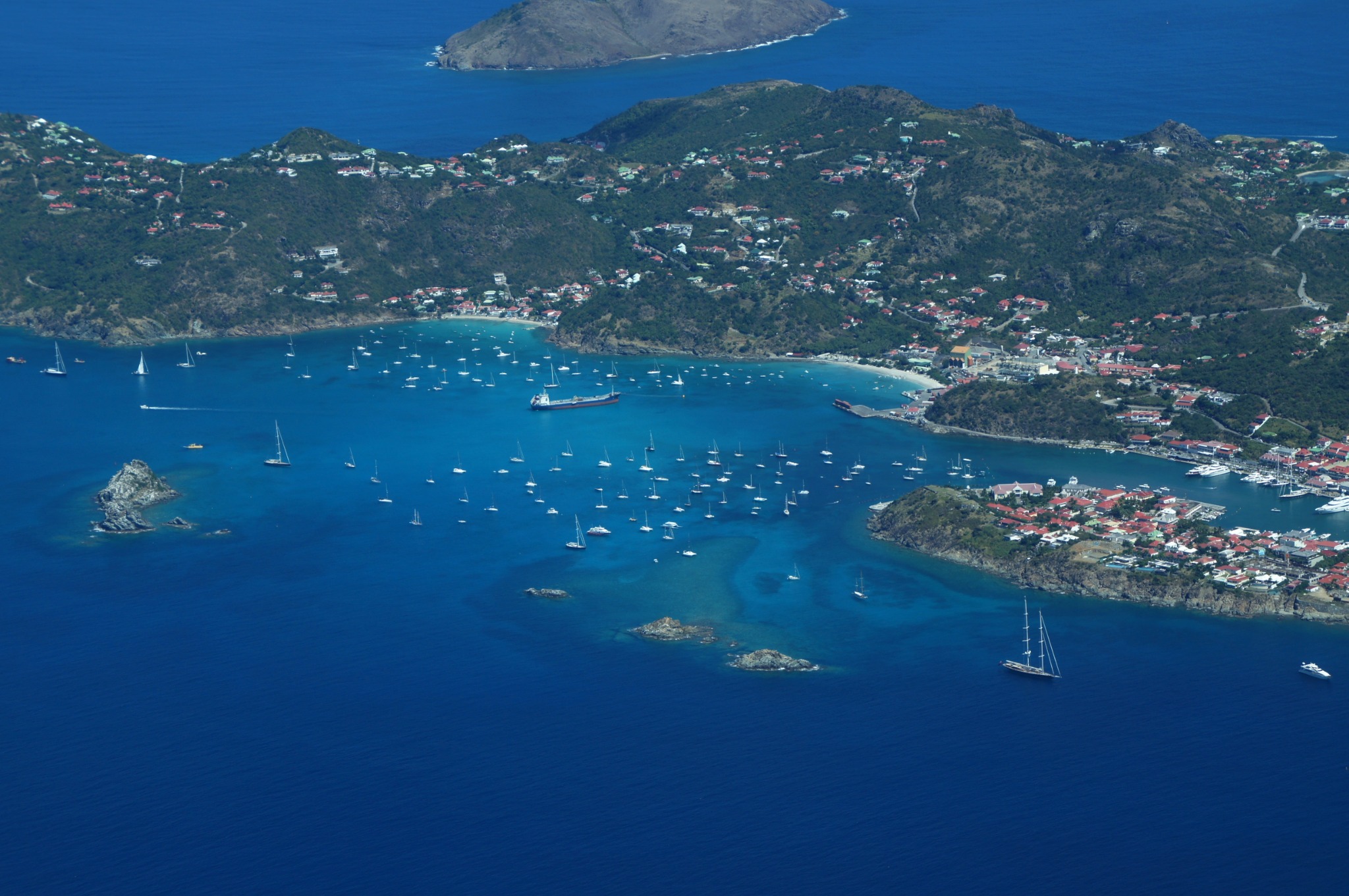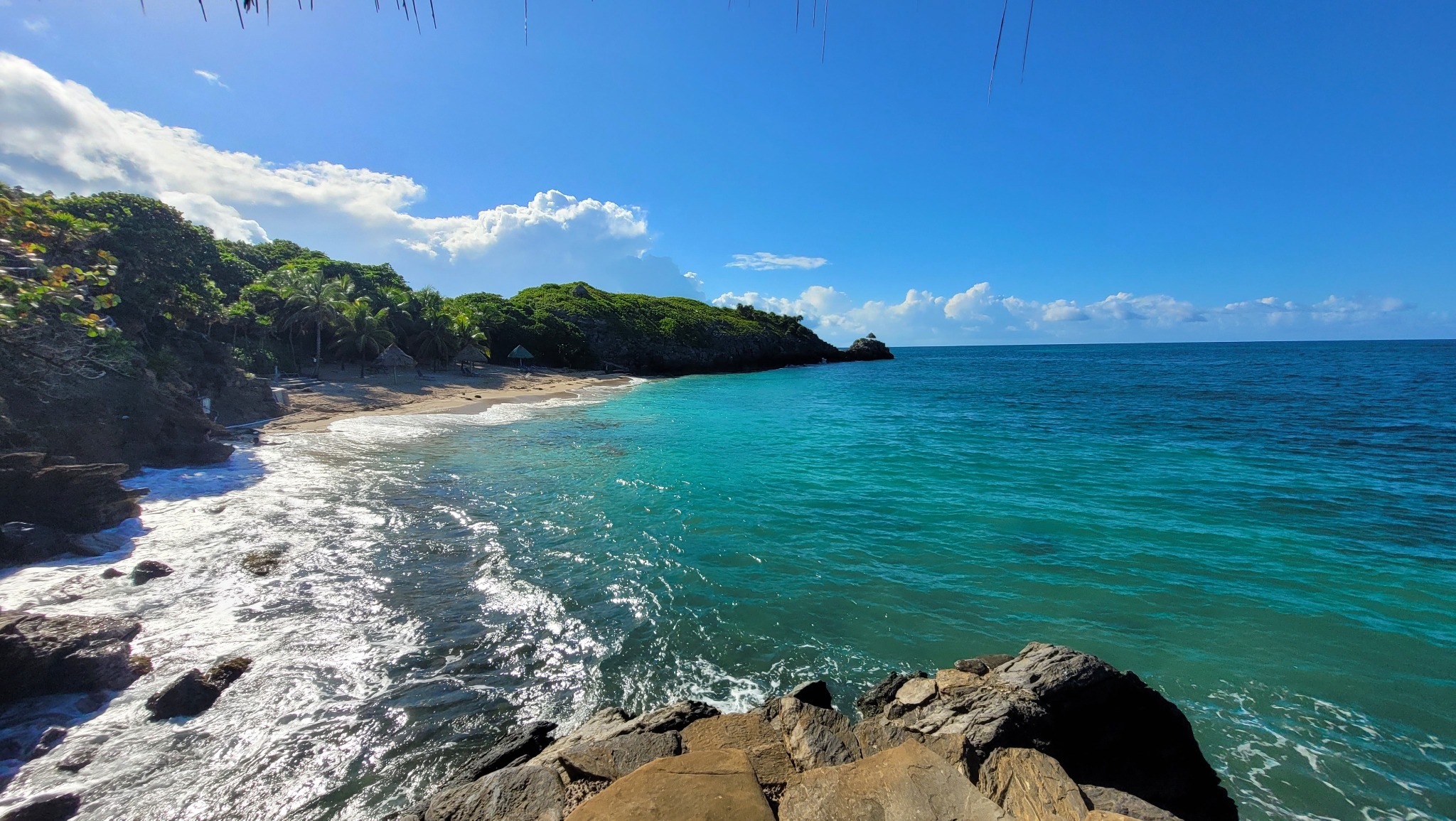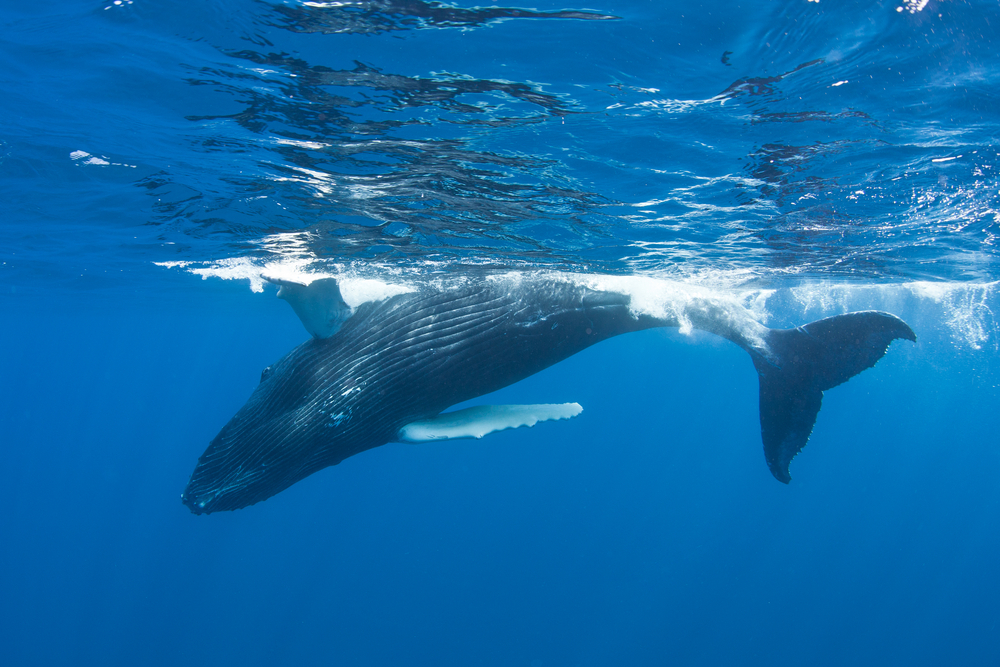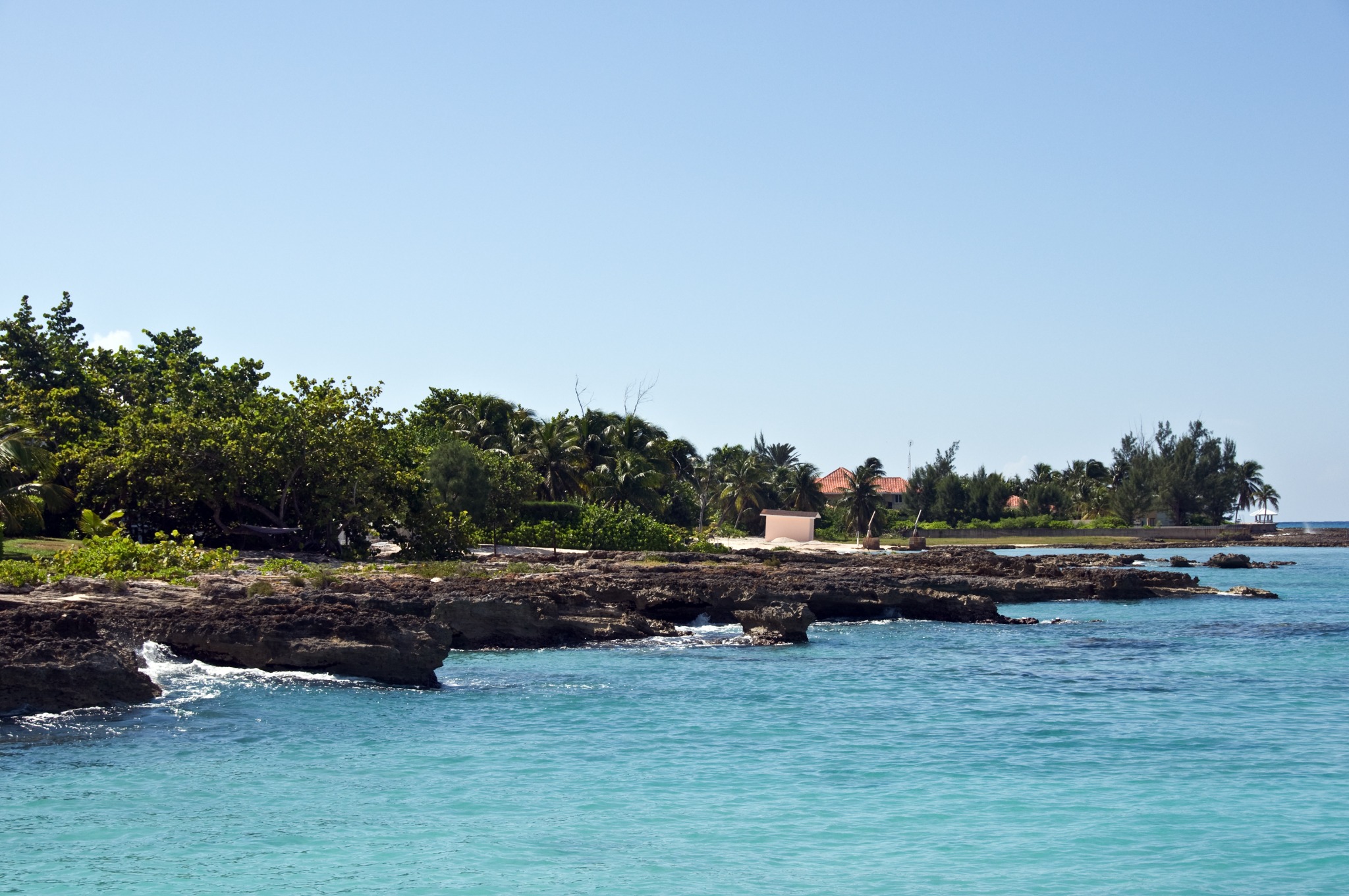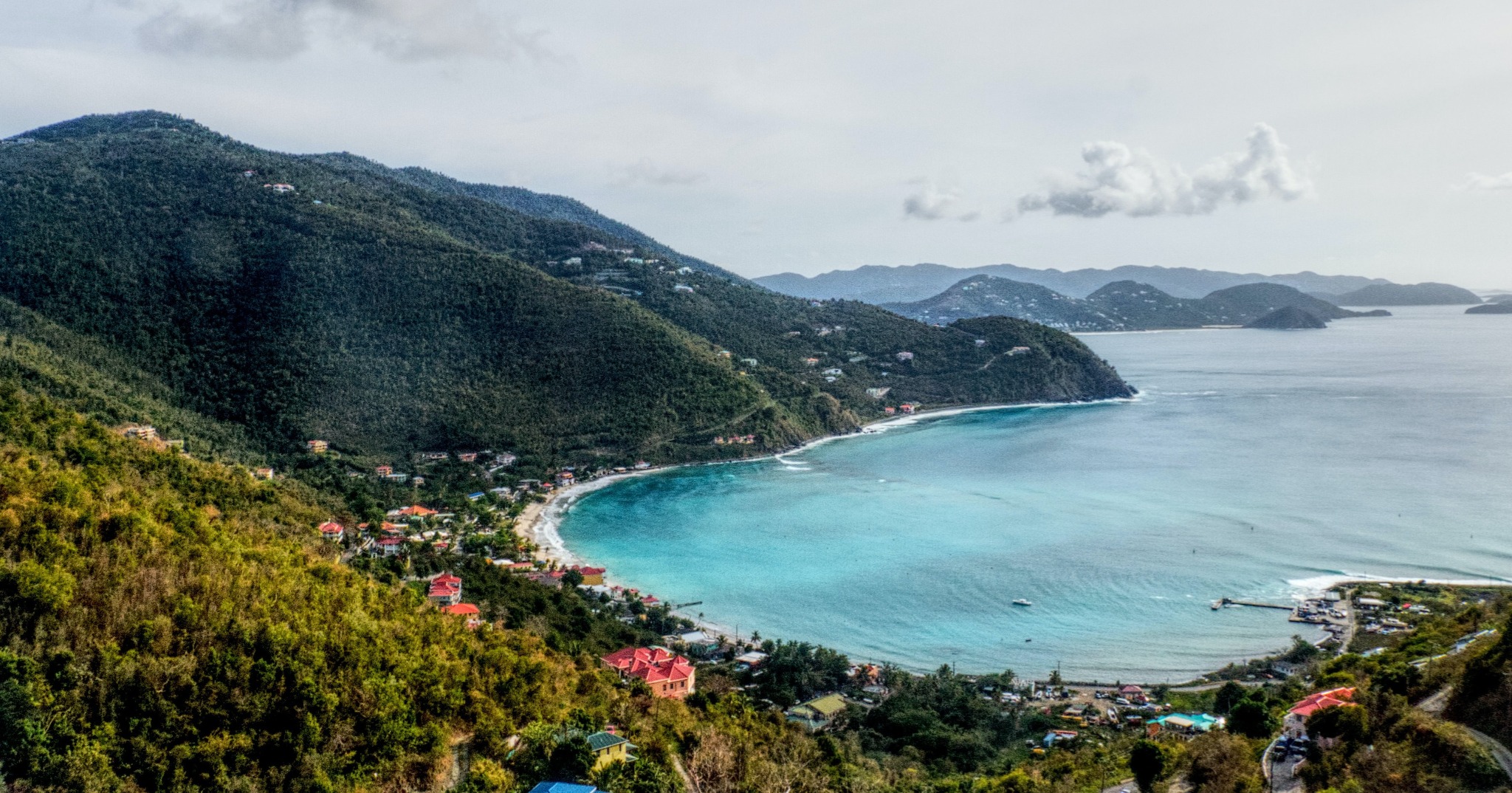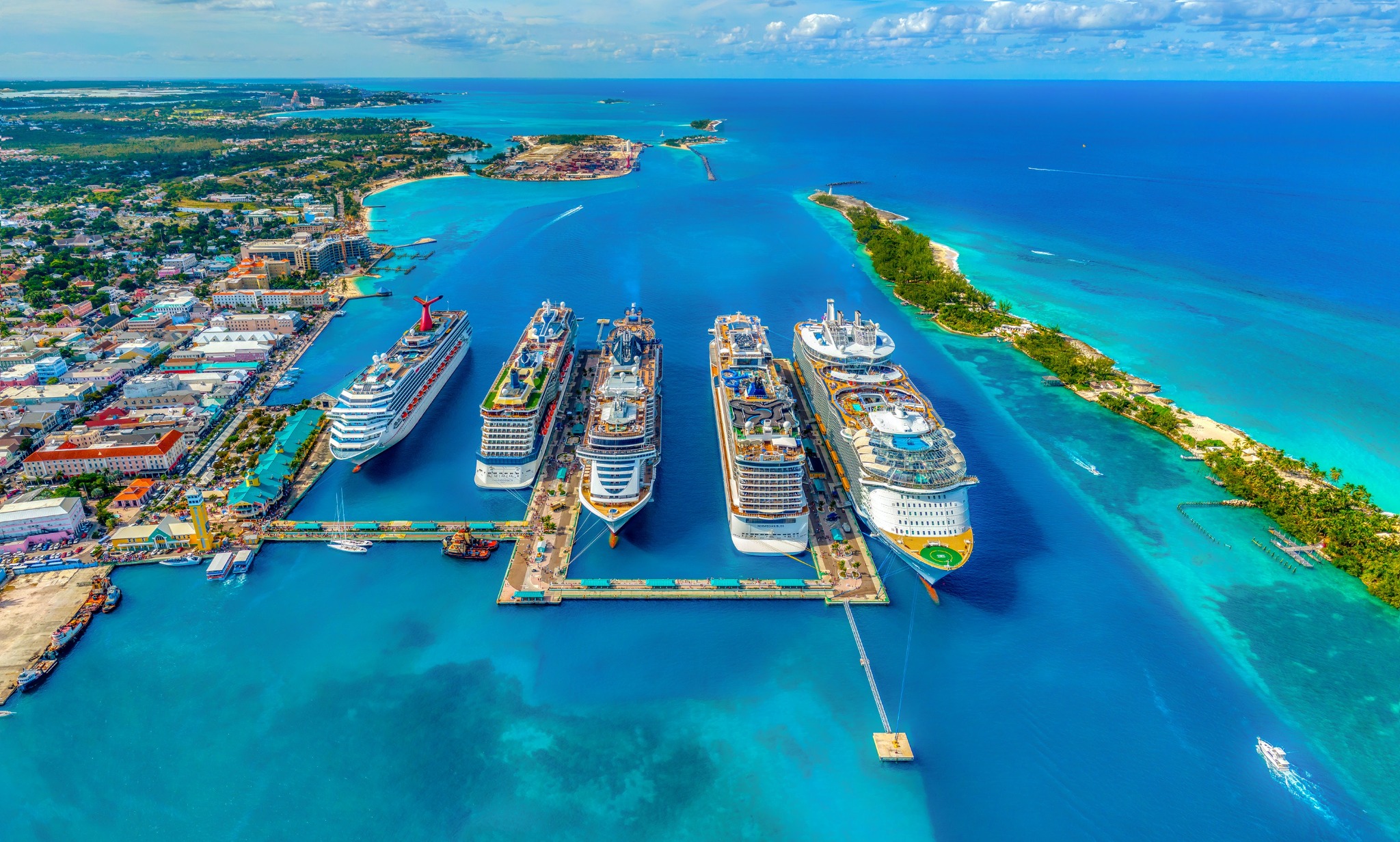
Best Belize Liveaboards
Handpicked Belize Selections
Get more with Divebooker rewards
- Free DAN insurance
- 5% money back
- Up to 10% savings for the next travel
- 2X money back on select days
- Extra care support package
Liveaboard Diving in Belize
Belize, a premier diving destination, offers an extraordinary underwater experience for divers. It's home to the world-renowned Belize Barrier Reef, the second-largest barrier reef system globally, boasting an unparalleled diversity of marine life and coral formations. Diving in Belize is characterized by its unique landscape features, including majestic coral walls, intriguing canyons, and an abundance of vibrant reef fishes and pelagics.
The country's crown jewel, the Great Blue Hole, is a giant submarine sinkhole off the coast and a must-visit for advanced divers. This site, part of the larger Belize Barrier Reef Reserve System, offers a once-in-a-lifetime dive experience with its ancient stalactites and deep blue waters. Additionally, the Turneffe Atoll and Lighthouse Reef offer spectacular wall dives with opportunities to see large fish species and lush coral gardens.
Belize's waters are also home to a variety of shark species, including nurse sharks and occasional whale sharks, particularly around Gladden Spit. The reef system supports a wide array of marine biodiversity, from tiny, colorful reef fish to larger species such as groupers, snappers, and barracudas. Macro life is also abundant, making Belize a fantastic destination for underwater photographers
Must See Belize Dive Sites
Belize is a diving paradise, renowned for its spectacular dive sites, each offering unique underwater experiences. Among these, the Great Blue Hole stands out as a legendary site, drawing divers from around the world. This enormous submarine sinkhole, known for its deep blue waters and massive stalactites, offers a glimpse into the ancient geological past. Advanced divers here enjoy a thrilling exploration of its deep walls and the chance to spot various species of reef sharks.
Along the coastline, near Placencia, Long Caye Wall presents an entirely different underwater landscape. Known for its dramatic drop-offs and rich coral structures, this site is a haven for an array of marine life, from graceful eagle rays to colorful schools of tropical fish. The water clarity and abundant sunlight penetration make it a dream destination for underwater photographers.
Half Moon Caye, part of the Belize Barrier Reef Reserve System, offers divers another unique experience. The site features a steep wall drop-off, leading into the depths teeming with marine life like barracudas, groupers, and the occasional sighting of hammerhead sharks. Its coral formations, awash in vibrant colors, are a highlight for many divers.
Moving offshore, Glover’s Atoll and Turneffe Atoll are two more jewels in Belize's diving crown. Glover’s Atoll, a UNESCO World Heritage Site, is a partially submerged atoll boasting a rich biodiversity. Its crystal-clear waters are ideal for spotting everything from tiny reef fish to larger pelagic species. Turneffe Atoll, the largest atoll in Belize, is known for its diverse dive sites, offering everything from shallow coral gardens to exciting wall dives.
These must-visit sites in Belize, including the iconic Great Blue Hole and the mesmerizing Long Caye Wall, are easily accessible on various Belize liveaboard diving adventures. These liveaboards offer a range of experiences, from luxury diving excursions to affordable Belize liveaboard diving trips, catering to divers of all levels. Whether you're a beginner or an experienced diver, Belize's underwater world, with its rich marine biodiversity and stunning landscapes, promises an ultimate diving adventure
When To Go Diving in Belize
For optimal diving conditions in Belize, the period from April to June is ideal. During these months, divers enjoy calm waters, high visibility, and comfortable water temperatures ranging from 26°C to 29°C (79°F to 84°F). While diving is a year-round activity in Belize, visibility can diminish during the rainy season from June to October. However, this time also offers a unique opportunity for whale shark sightings.
Belize's dive sites cater to all levels, with options ranging from beginner-friendly shallow dives to challenging deep excursions for more experienced divers. Belize liveaboard diving adventures, available in both luxury and affordable options, provide divers with flexible itineraries to explore these underwater wonders. Whether it's family-friendly diving vacations, eco-friendly diving liveaboards, or customizable dive experiences, Belize's liveaboard diving packages ensure an unforgettable underwater adventure for every diver
Frequently Asked Questions About Belize
Do I need advanced diving certification to dive in Belize?
In Belize, the requirement for an Advanced Open Water Diver (AOWD) certification depends on the specific dive sites you plan to visit. For many of the popular sites, especially those with shallow reefs and moderate conditions, a basic Open Water Diver certification is sufficient. These sites are perfect for less experienced divers or those looking for more relaxed dives.
However, for certain challenging sites, particularly the Great Blue Hole, an advanced certification is recommended or sometimes required. The Great Blue Hole, known for its depth and the need for good buoyancy control and navigation skills, is more suited for experienced divers. Advanced certification or equivalent experience is beneficial here due to the deeper dives and more complex dive profiles.
In summary, while you can enjoy many of Belize's beautiful dive sites with a basic certification, having an advanced certification opens up more opportunities for deeper and more challenging dives, enhancing your diving experience in Belize
How does diving in Belize compare to other Caribbean destinations?
Diving in Belize offers a unique experience that sets it apart from other Caribbean destinations in several ways:
Belize Barrier Reef: Belize is home to the second-largest barrier reef in the world, offering a more extensive and diverse range of marine environments compared to many other Caribbean locations. This extensive ecosystem hosts a wide variety of coral species and marine life.
Great Blue Hole: One of Belize's most iconic dive sites, the Great Blue Hole, is a massive submarine sinkhole that is renowned worldwide. It offers a unique geological structure that is not commonly found in other Caribbean diving destinations.
Diverse Marine Life: While many Caribbean destinations boast rich marine life, Belize's waters are particularly abundant in species diversity. Divers in Belize can encounter everything from tiny, colorful tropical fish to larger species like whale sharks, especially around Gladden Spit during their migration season.
Wall Diving: Belize offers some of the best wall diving experiences in the Caribbean. Sites like the Long Caye Wall and the Turneffe Atoll feature dramatic drop-offs teeming with marine life, offering a different kind of diving compared to the flatter coral gardens found in much of the Caribbean.
Less Crowded: Belize tends to be less crowded than more popular Caribbean destinations like the Cayman Islands or Cozumel. This means divers can often enjoy more serene dive sites and encounters with marine life without the pressure of many other divers around.
Overall, while many Caribbean destinations offer beautiful diving, Belize stands out for its unique geological features like the Blue Hole, extensive barrier reef, diverse marine life, excellent wall dives, and a blend of cultural influences, making it a must-visit location for divers seeking a unique underwater experience
